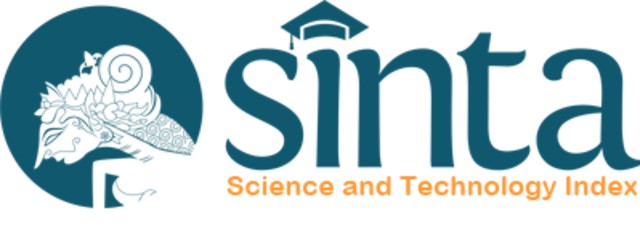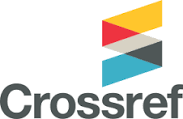Strategi Pengembangan Usaha Produk Tekstil di PT Priangan Sentosa Tasikmalaya, Jawa Barat
Keywords:
business development strategy, QSPM, SWOT, textile product
Abstract
Textile product industry has an important role in the economy Tasikmalaya City, because contributing 42,1% to manufacturing industry. Manufacturing industry contributing 14.6% to the GRDP Tasikmalaya City. The problem faced by the industry of textile products is the increase in raw material prices, rising labor costs, the entry of lower-priced imported products, intense competition with similar companies and reduced orders from buyers. In an effort to maintain the continuity of their business, it is necessary to develop a strategy of business development. The purpose of this study was to analyze the internal and external conditions, the formulation of strategic alternatives, prioritization and selection of strategic business development strategy PT PS. Results Internal Factor Evaluation (2.692) and External Factor Evaluation (2.334) puts the company's position in Cells V (companies should be preserved and maintained through market penetration strategies and product development. Methods of SWOT result formulation of strategies: (1) take advantage of competition among suppliers to obtain raw materials at the lowest offer price, (2) Increasing production by expanding the partnership, (3) promotion, (4) expand the marketing area, (5) maintain the quality of raw material, (6) improve product quality, (7) makes dyeing, (8) machine maintenance and machine engineering (9) labor skills training. Quantitative Strategic Planning Matrix (QSPM) puts the promotion strategy as a priority. Implications of managerial are: (1) Aspects of production need to be supported by increased economies of scale by improving partnerships with other entrepreneurs, supplier selection, take advantage of the effects of learning and experience, (2) Aspects of HR need to increase the skills of workers, (3) Financial Aspects through cash payments from buyers and increased allocation of marketing costs, (4) marketing aspect through targeting the wholesale level market, expand marketing and mainte-nance of customer loyalty and (5) Aspects of technology through the restructuring of the machine.Downloads
Published
2017-09-06
How to Cite
KurniadiD. S., SyariefR., & SuryaniA. (2017). Strategi Pengembangan Usaha Produk Tekstil di PT Priangan Sentosa Tasikmalaya, Jawa Barat. MANAJEMEN IKM: Jurnal Manajemen Pengembangan Industri Kecil Menengah, 12(1), 63-74. https://doi.org/10.29244/mikm.12.1.63-74
Section
Vol. 12 No. 1
Dwi Resti Pratiwi (2020)
Analisis Daya Saing Industri Tekstil dan Produk Tekstil (TPT) Indonesia Di Pasar ASEAN. Jurnal Budget : Isu dan Masalah Keuangan Negara, 5(2), 44.10.22212/jbudget.v5i2.99















